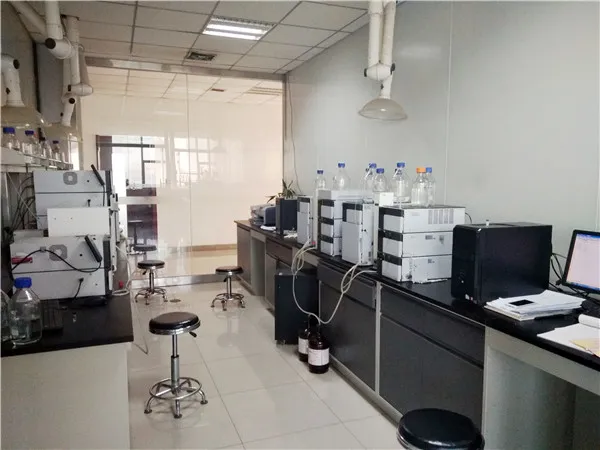The Role of Polyacrylamide Flocculants in Water Treatment
Water treatment is a crucial process in providing safe and clean drinking water as well as treating wastewater before it is released back into the environment. Among the various agents used in water treatment, polyacrylamide flocculants have emerged as effective and versatile options. These synthetic polymers have gained popularity in various applications due to their ability to enhance sedimentation, reduce turbidity, and improve overall water quality.
Polyacrylamide (PAM) is a water-soluble polymer that can be tailored to possess different properties by varying its molecular weight and ionization. In water treatment, PAM primarily functions as a flocculant, a substance that promotes the clumping of particles, or flocs, into larger aggregates. These flocs can then be easily removed from water through sedimentation or filtration. This process is particularly vital in treating industrial wastewater or surface water, where suspended solids, organic matter, and other contaminants can pose significant challenges.
One key advantage of using polyacrylamide flocculants is their ability to work effectively at low concentrations, which makes them cost-efficient. When added to water, PAM molecules interact with suspended particles and create bridges between them, encouraging their aggregation. This interaction significantly accelerates the settling process compared to conventional treatment methods.
polyacrylamide flocculant water treatment

Moreover, polyacrylamide is biodegradable, making it an environmentally friendly option compared to other synthetic flocculants that may persist in ecosystems. It is important to note, however, that while PAM itself is non-toxic, some formulations may contain additives or other chemicals that require careful consideration when assessing their environmental impact.
Polyacrylamide flocculants can be classified into different categories based on their charge anionic, cationic, and nonionic. Anionic PAM is typically used in industries and applications where the water has high positive charge particles, such as in wastewater treatment from food processing or chemical manufacturing. Cationic PAM, on the other hand, is beneficial in situations with negatively charged particles, such as in certain municipal water treatment plants. Nonionic PAM is used in applications where the charge of the dispersed particles is neutral.
The effectiveness of polyacrylamide flocculants is influenced by several factors, including water temperature, pH, and the presence of other substances in the water. Therefore, conducting jar tests and optimizing the dosage is vital to achieve the best results.
In conclusion, polyacrylamide flocculants play an essential role in modern water treatment processes. Their versatility and efficiency in enhancing particle aggregation make them invaluable across various sectors, from municipal water treatment to industrial applications. As environmental regulations continue to evolve, the adoption of safe and effective water treatment chemicals like polyacrylamide will likely increase, contributing to sustainable water management and protection of our precious water resources.

